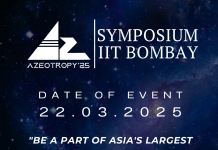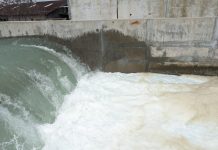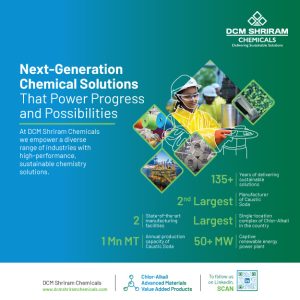NTPC has issued a global tender inviting partners to develop nuclear power plants with a total capacity of 15 gigawatts (GW). The initiative marks a significant step toward expanding India’s nuclear energy sector and reducing reliance on coal. The tender specifies the use of pressurized water reactor (PWR) technology and guarantees a lifetime supply of nuclear fuel for the proposed plants.
Strict Compliance and Regulatory Oversight
NTPC requires all potential bidders to secure approvals from their respective governments and adhere to India’s regulatory framework, including obtaining all necessary licenses for their proposed technologies. This condition underscores both the strategic importance of the project and India’s commitment to strict oversight in its nuclear energy sector.
India’s Nuclear Growth Targets
Currently, India has eight GW of installed nuclear capacity, managed by the Nuclear Power Corporation of India Ltd. (NPCIL). The country has set a target of increasing this capacity to 20 GW by 2032. In the long term, India aims to scale up nuclear power generation to 100 GW by 2047, coinciding with its 100th year of independence.
The Atomic Energy Act of 1962 restricted private investment in nuclear power generation. However, recent government initiatives suggest that amendments to the nuclear liability law and the Atomic Energy Act are on the horizon, clearing the path for greater international collaboration and investment in India’s nuclear sector.
Revitalizing International Nuclear Agreements
India has previously engaged in civil nuclear agreements with global players like Westinghouse, GE-Hitachi, and AREVA. Additionally, Indian Oil Corporation Ltd. (IOCL) recently signed a deal with Australia to import uranium. However, progress on these agreements stalled due to legal and regulatory constraints. A recent government statement in February hinted at policy amendments to remove these barriers and facilitate nuclear collaborations. Reaffirming its commitment to nuclear cooperation, India and the United States have agreed to fully implement the US-India 123 Civil Nuclear Agreement.
Holtec Secures Approval for SMR Technology Transfer
US-based Holtec International has received approval from the US Department of Energy (DoE) to transfer small modular reactor (SMR) technology to India. The authorization, effective March 26, 2025, allows Holtec to collaborate with its Indian subsidiary, Holtec Asia, along with Tata Consulting Engineers Ltd. (TCE) and Larsen & Toubro Ltd. (L&T). However, this approval comes with strict conditions, including adherence to International Atomic Energy Agency (IAEA) safeguards and prohibiting the use of technology for military purposes or nuclear weapons development.
The DoE authorization does not currently permit NPCIL, NTPC, or AERB to be direct end-users. India has yet to provide non-proliferation assurances for its government-owned enterprises. Reports suggest that Holtec may amend its authorization in the future to include these entities.
Strengthening India’s Nuclear Infrastructure
NTPC’s global bidding process aims to expand India’s nuclear power sector. Advancements in Indo-US nuclear agreements and Holtec’s technology transfer further support this goal. Beyond expanding PWR technology, these initiatives ensure a long-term commitment to a stable nuclear fuel supply.
India’s regulatory framework has posed challenges. However, the government’s willingness to amend laws signals a shift toward global engagement. As reported by grow.in, NTPC is evaluating bids, while Holtec advances its partnerships. The future of India’s nuclear expansion will be closely watched. These developments set the stage for a more robust and self-reliant nuclear power infrastructure.

































